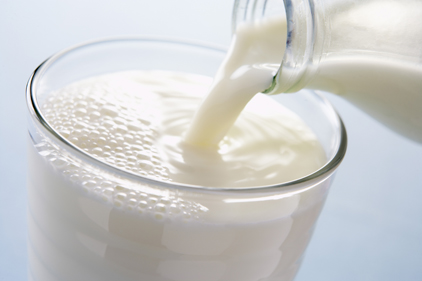The following is excerpted from the USDA's Dairy Market News for the week of Feb. 25 to March 1. Download the complete 27-page report.
 CHEESE HIGHLIGHTS. Cheese markets across the U.S. continue to look for a clear price direction. Wholesale prices last week were both up and down, although the lower trend was more prevalent. Higher than expected milk volumes are headed towards cheese plants in the East and Midwest. This is leading to increased production and inventory. Due to less than hoped for demand, some plants are pushing back on excess intakes to balance inventories.
CHEESE HIGHLIGHTS. Cheese markets across the U.S. continue to look for a clear price direction. Wholesale prices last week were both up and down, although the lower trend was more prevalent. Higher than expected milk volumes are headed towards cheese plants in the East and Midwest. This is leading to increased production and inventory. Due to less than hoped for demand, some plants are pushing back on excess intakes to balance inventories.
NASS Cold Storage data for January showed total natural cheese stocks up 1% from January 2012 and 1% higher than last months. Processing cheese demand is moderate with buyers looking for price breaks to add to orders. Retail demand is being helped by Easter/Passover ordering. Mozzarella sales are good as promotions from pizza makers increased.
Export demand is said to be better and the CWT program is assisting with export sales. Friday’s close at the CME Group for barrels was at $1.5600 down $.0700 from last week. Blocks closed at $1.5750 down $.0525 from last Friday’s close.
FLUID MILK. Milk production in the East and Midwest is increasing. Florida production is increasing although not yet into the full spring flush. Manufacturing plants in the East are running busy schedules to fill retail needs for upcoming Easter/Passover specials.
Cream demand in the East is improved, but continues to be unable to fully utilize supplies. Excess cream is moving into the Midwest at reduced prices to clear inventories. Dryers are running steadily to clean up condensed skim supplies. Midwest milk volumes are higher than previous year levels. Intermittent winter storms in the region made moving milk more difficult, but did not upset production schedules to any great extent. Cream continues to move into the Midwest at discounted prices. New ice cream production is slow to develop but is not that far off.
Western milk supplies are building as Arizona and New Mexico near peak production. Winter storms interrupted movement of milk temporarily in the Southern areas. California milk volumes are below year ago levels but showing some slight increases. Cream remains plentiful in the region and is meeting only moderate demand. Processors are assessing the best course of action for butter and cream decisions.


